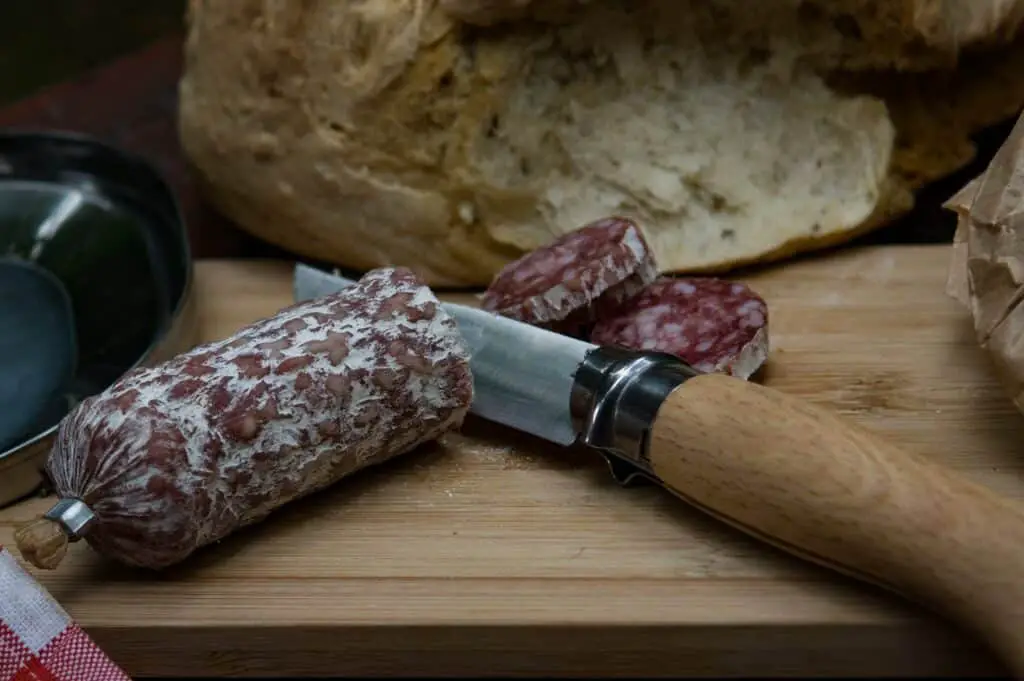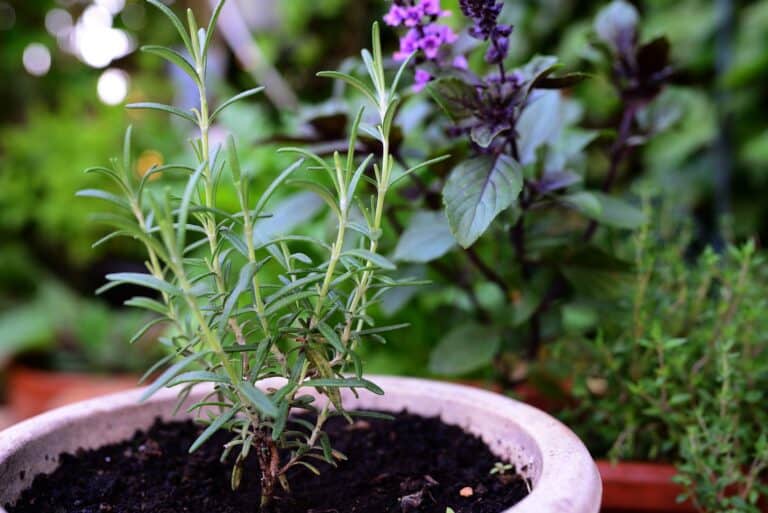What Is Uncured Salami?

Wondering if that type of Salami is safe to consume right away? Here’s what it means and why you might want the answer.
I’m sure we’ve all been there: You pick up a package labeled “uncured,” not knowing whether or not these meats will spoil quickly due to their lack of proper processing with curing techniques like nitrates…
When that happens, many people just straight up assume that those meats just aren’t safe to eat and that they should just put them away. But that’s not the case! Uncured Salami isn’t what most people think it is.
Still don’t know what is going on? Don’t worry! We’ll take care of everything for your convenience, so all those worries are gone by simply reading this article. That way, next time you’re in the grocery store, you’ll know exactly what version to get!

What is Cured Salami?
The curing process is the oldest method for preserving food, and it has been used since at least AD 500. Curers add salt (or other ingredients), which preserves meat by preventing moisture loss; they can also be broken down into nitrates or sugar, so you will know what type your sausage needs! By using this process, you can keep meat fresh for longer. That is because by curing the meat, you can easily draw out all the moisture from the inside of it, which prevents harmful bacteria growth and keeps your food safe!
Unfortunately, while curing is excellent for the meat, it makes it saltier and changes its color, which you’d want to avoid if you’re not making a particularly salty dish. Cured Salami is made of meat fermented and air-dried to give it a firm, dry texture.
Cured salamis are a type of food that can be cured, made from different meats such as beef and pork. They can last for an extended period without deteriorating, making them perfect if you’re looking towards storage options in your fridge or pantry!
So what’s uncured salami?
You’d be surprised to hear that uncured Salami is also cured. Yup! That might not make much sense, But that’s precisely how it is!
Both versions are cured but in their ways.
Uncured salamis are cured with natural ingredients instead of chemical preservatives. That is because these curing ingredients eventually end up converting to nitrates on their own as they ferment and then act as preservingelementss, keeping the meat safe.
That way, uncured Salami is just cured using all-natural ingredients, bringing it to the same result anyway.
Is uncured salami and cured salami different?
Uncured and cured Salami is actually quite similar. Unless you look at the tag on the packaging, you won’t be able to tell the difference at all! The best part about them is they’re easy and quick to make! You can have a recognizable flavor in just minutes.
They’re both cured in their way and can easily be left on the shelves for a long time. Without going bad as long as their packaging hasn’t been messed with.
Both need to be kept in the refrigerator after opening. However, once the package is opened, both would have to be put in the fridge for safekeeping. So it doesn’t spoil too fast.
Is Uncured Salami Safe to Eat?
The word, uncured Salami might make it seem like there’s just something unsafe about that particular meat, but that’s not really the case. The term “uncured salami” may sound misleading because curing actually happens with the addition of natural ingredients. So it might be “uncured” but it’s still totally safe to eat!
Is Uncured Salami Considered Healthy?
When choosing between processed meat and ‘natural’ products, people often reach for the latter. However, this can be risky because ‘natural‘ does not always mean safe!
By its looks, one might think that since uncured Salami doesn’t have chemicals,it will noto be unhealthy. That is why most people that are looking for the “healthier” option will end up going for the uncured version. That’s a false narrative that’s just benefiting from the term “natura.”.
In reality, How much more salt and nitrates are in uncured Salami than the cured version?
The difference between them isn’t huge, but it’s still worth noting. Uncured sausages can have up to four times as much sodium levels (although the same levels will differ from company to company so it’s best to compare the nutrition labels here).
In terms of cooking, there’s not a lot of difference between the two. They should both be considered the same thing because that’s what they are. The same type of meat, that’s been cured differently.
When you look at it, the only way to tell the difference between cured and uncured Salami is that the cured one usually has a much stronger color compared to the uncured one. That could make a slight visual difference inhowy your completed recipe ends up being but other than that, there’s not that much of a difference between them at all!
Is It OK to Eat Uncured Salami Raw?
As Salami is being processed, it’s left to dry out in both versions. When left to dry out, all the harmful bacteria are eliminated from cured and uncured salamis.
Therefore they’re considered raw meat! However, both versions are germ free and can easily be eaten raw without a problem!
Should I get cured or uncured Salami?
At the end of the day, this question is a more personal preference. Both of these versions of meat are essentially the same thing. Cured may be slightly saltier, but the uncured might even have more sodium than the former version.
On the baseline, both of these meats are the same and do the same thing. The only thing that matters is, would you want chemical preservatives keeping your Salami fresh or the natural version?


![Best Substitute For Bay Leaf? [Top 5 Alternatives]](https://acethekitchen.com/wp-content/uploads/2022/02/kadir-celep-qFpTSS7BSuM-unsplash-768x1024.jpg)



